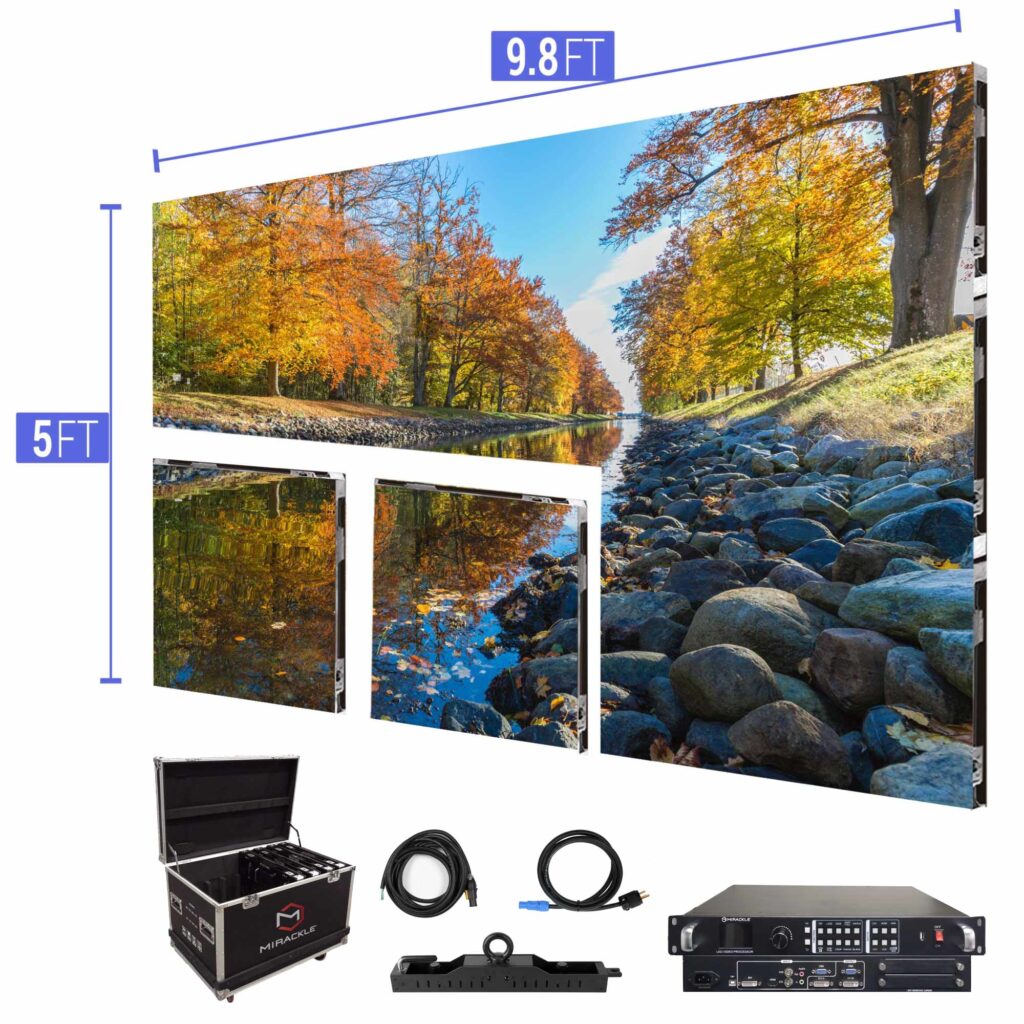Exploring the Durability of LED Wall Screens in Comparison to Conventional Display Technologies
Exploring the Durability of LED Wall Screens in Comparison to Conventional Display Technologies
Blog Article
LED wall screens have become increasingly popular in current years, particularly in environments like schools, corporate spaces, and public spaces. These screens use light-emitting lights (LEDs) to produce bright and vibrant images. One of the most significant benefits of LED innovation is its longevity compared to conventional screen methods, such as cathode tube tubes (CRTs) and liquid display screens. Grasping the differences in duration and performance between these technologies can assist buyers make knowledgeable decisions about their display requirements.
Classic display methods, like CRTs, have been around for many years. They were frequently used in TVs and computer monitors. However, CRTs have a shorter duration, typically lasting approximately 10,000 to 20,000 hrs of use. This means that after a couple of years, consumers may observe a deterioration in picture quality, such as dimming or color deformation. In contrast, LED wall screens can last significantly longer, often exceeding 50,000 hours. This prolonged lifespan means that consumers can experience consistent functionality without the requirement for frequent replacements.
Another crucial aspect to consider is power conservation. LED wall panels utilize less energy than traditional displays, which not only helps the ecosystem but also reduces power expenses. For example, while a CRT monitor may consume approximately 100 watts of power, an LED screen can use as few as 30 to 50 W. This difference in energy usage adds to the overall longevity of LED innovation, as reduced power usage generates minimal thermal energy. Excessive thermal energy can damage electrical components, leading to a shorter duration for conventional displays.
In addition to their extended duration and energy efficiency, LED panel screens also provide superior image quality. They offer more vivid colors and better differentiation, making them ideal for various uses, from marketing to educational displays. The innovation behind LED panels enables for a broader sight angle, meaning that images remain sharp and lively even when viewed from the side. This is a significant advantage over conventional displays, which frequently experience from hue distortion and reduced brightness at broader perspectives.
In conclusion, the longevity of LED wall screens compared to conventional display methods is a key aspect for buyers to consider. With lifespans that can surpass 50,000 hrs, try this power efficiency, and enhanced visual quality, LED technology provides many advantages. As innovation continues to progress, LED wall panels are likely to become even more common in various settings. Understanding these differences can assist people and entities make better choices when investing in display innovation, guaranteeing they get the optimal value for their requirements.